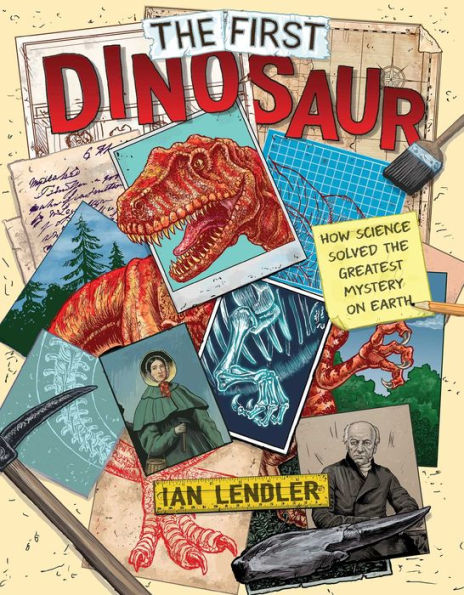2018 School Spending Survey Report
The First Dinosaur: How Science Solved the Greatest Mystery on Earth
S. & S./Margaret K. McElderry Bks.
Oct. 2019.
224p.
bibliog. photos.
pap. $24.99. ISBN 9781534427006.
COPY ISBN
VERDICT Both a dinosaur book and a history book, this is a fascinating narrative history. A first purchase for middle and elementary schools, and an easy sell for students interested in science or history.
RELATED
ALREADY A SUBSCRIBER? LOG IN
We are currently offering this content for free. Sign up now to activate your personal profile, where you can save articles for future viewing





Be the first reader to comment.
Comment Policy:
Comment should not be empty !!!